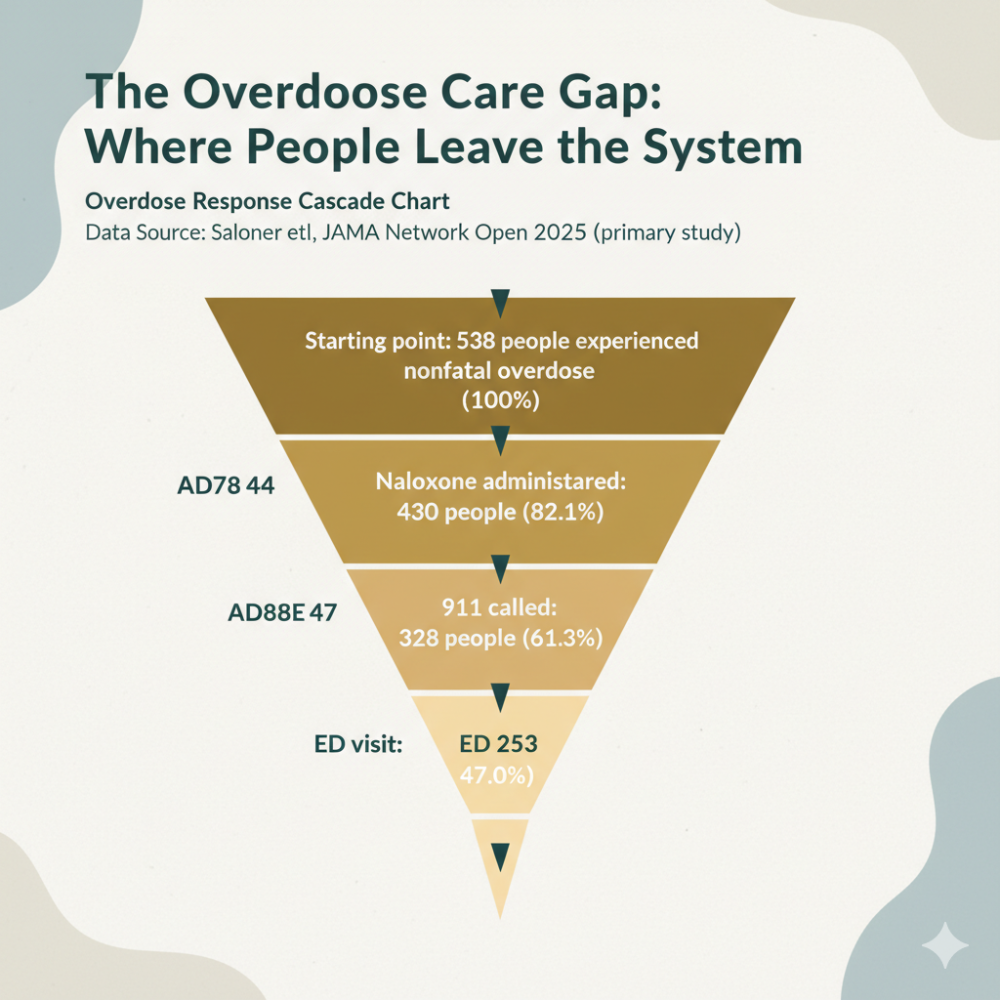In recent years, the opioid epidemic has ravaged communities across the United States, leaving a trail of devastation in its wake. While national trends show some signs of improvement, a recent article in the Dallas Observer reveals a troubling escalation of the crisis in Dallas County, Texas. This blog post delves into the key findings of the report and explores the factors contributing to this alarming trend.
The Grim Reality: Overdose Deaths on the Rise
According to a study conducted by Dallas County Health and Human Services and the Recovery Resource Council, Dallas County has experienced a staggering 81% increase in overdose death rates between 2019 and 2023. This surge stands in stark contrast to national data, which showed a decline in overdose death rates for the first time in five years in 2023.
Fentanyl: The Silent Killer
At the heart of this crisis lies fentanyl, a synthetic opioid that has become increasingly prevalent in recent years. The study reveals a shocking statistic: fentanyl contributed to 79.8% of drug overdose deaths in Dallas County in 2023, up from just 11.4% in 2018. This exponential increase underscores the deadly impact of this potent substance on the community.
Factors Contributing to the Crisis
Several complex factors are fueling the opioid epidemic in Dallas County:
1. **Healthcare Disparities**: The study highlights significant healthcare disparities, particularly in southern and western Dallas, where high uninsured rates contribute to a lack of accessibility to healthcare and addiction treatment services.
2. **Demographic Challenges**: Dallas County’s unique demographic makeup, being the only county in the region with a majority non-white population, presents additional challenges in addressing healthcare disparities and risk factors.
3. **Economic Pressures**: Increased economic stress on individuals and families may be contributing to higher rates of substance abuse and addiction.
4. **COVID-19 Aftermath**: The lingering effects of COVID-19 isolation on mental health continue to impact substance use patterns, creating what experts describe as a “perfect storm” of factors.
5. **Youth Vulnerability**: Traditional protective factors for youth, such as extracurricular activities, are losing popularity, potentially leaving young people more susceptible to substance abuse.
A Call for Action
The alarming trends in Dallas County highlight the urgent need for comprehensive action to address the opioid crisis. Experts and policymakers are calling for several key initiatives:
1. **Improved Healthcare Access**: Focusing resources on underserved areas to improve healthcare accessibility and addiction treatment options.
2. **Community Education**: Increasing awareness about the dangers of fentanyl and other opioids, particularly among youth and vulnerable populations.
3. **Mental Health Support**: Expanding mental health services to address the ongoing impacts of the COVID-19 pandemic and other stressors contributing to substance abuse.
As Dallas County grapples with this escalating crisis, it’s clear that a multifaceted approach involving healthcare providers, policymakers, law enforcement, and community organizations will be crucial in turning the tide. The coming years will be critical in determining whether the region can effectively combat this deadly epidemic and save lives.
By staying informed and supporting evidence-based policies and interventions, we can all play a role in addressing this pressing public health issue and working towards a healthier, safer future for Dallas County and beyond.



